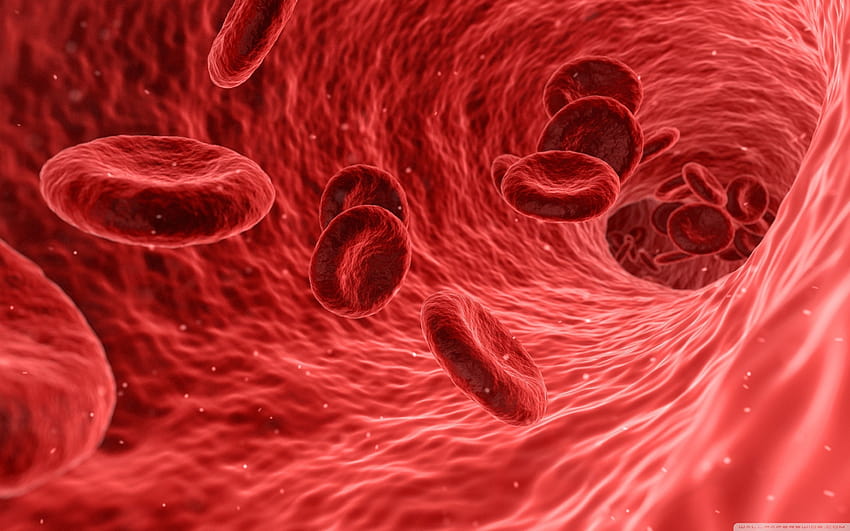WHAT IS VITAMIN B6?
Vitamin B6 is another form of B vitamin. The three different forms of vitamin B6 are pyridoxine, pyridoxal, and pyridoxamine. It can be created in a lab and is also present in some foods.
Vitamin B6 is required for the efficient functioning of carbohydrates, lipids, and proteins in the body. Additionally, it’s essential for the growth of the skin, nerves, brain, and several other body organs. It is a component of vitamin B complex products and is present in cereals, beans, and eggs together with other B vitamins.

WHAT ARE THE BENEFITS OF VITAMIN B6?
There are multiple health claims about this ingredient, some of its benefits include:
- Good for brain health: Vitamin B6 is thought to improve mental wellness by being involved in the generation of neurotransmitters, which are essential for proper brain function and cell communication. Studies have indicated that low blood levels and consumption of vitamin B6 are linked to depressive symptoms, particularly in people over 65 who are at a higher risk for B vitamin insufficiency. The effectiveness of vitamin B6 in treating or preventing depression, however, has not been confirmed yet.
- May improve mood: According to some findings, vitamin B6 may be beneficial for mood and psychological well-being. It is known to be involved in the synthesis of neurotransmitters such as serotonin, which are linked to feelings of happiness and relaxation. On the one hand, B6 can lower high homocysteine blood levels, which may raise the risk of Alzheimer’s. Vitamin B6 helps serotonin synthesis, which may help with mood enhancement. To fully comprehend the role of vitamin B6 in enhancing brain health, additional study examining the impact of this vitamin on homocysteine levels and cognitive function is required.
- May prevent anemia: A protein called haemoglobin transports oxygen to the cells. Your cells don’t receive enough oxygen when your haemoglobin level is low. As a result, you can become anaemic and experience fatigue or weakness. Low vitamin B6 levels have been associated to anaemia in studies, particularly in pregnant and lactating women. There has been little study on utilising vitamin B6 to treat anaemia because vitamin B6 deficiency is regarded to be uncommon in the majority of healthy persons. The usefulness of vitamin B6 in treating anaemia in groups other than those at higher risk for B vitamin deficiency, like pregnant women and older persons, requires further study.

Although vitamin B6 has shown promise in these areas, it is crucial to remember that each person will respond differently, and more research is necessary to completely comprehend the mechanisms underlying vitamin B6’s benefits for brain health and mood enhancement. When using vitamin B6 supplements and to address any particular health issues, it is best to speak with a healthcare practitioner for personalised guidance and counsel.
HOW DOES VITAMIN B6 WORK IN HUMAN BODY?
When consumed, vitamin B6, commonly known as pyridoxine, is essential for a number of internal processes. It functions as a coenzyme to support several enzymatic processes, notably those involving metabolism. Vitamin B6 is required for the disintegration and utilisation of carbs, proteins, and lipids. Additionally, it participates in the metabolism of amino acids, contributing in the creation of niacin and haemoglobin as well as the conversion of tryptophan into serotonin. Additionally, vitamin B6 aids in the synthesis of neurotransmitters like serotonin, dopamine, and GABA, which are essential for mood regulation and the overall health of the neurological system. A balanced diet is usually the best way to get vitamin B6, however in some circumstances, a physician may advise supplementation.
HOW MUCH VITAMIN B6 CAN A PERSON TAKE?
Vitamin B6, a vital nutrient, can be derived through a variety of food sources, including grains, lentils, meat, poultry, and vegetables. The recommended dietary allowance (RDA) for vitamin B6 is the amount that should be consumed per day. The RDA for males is 1.3 mg for those between the ages of 19 and 50, while it rises to 1.7 mg for those over 50. The RDA for females is 1.3 mg per day for those between the ages of 19 and 50, and 1.5 mg per day for those over 50. The recommended daily allowance (RDA) for vitamin B6 is 1.9 mg during pregnancy and 2 mg while nursing. The RDA for children varies according on their age.
It is critical to remember that these suggestions are only general recommendations, and that each person’s requirements may change depending on their overall health, their dietary preferences, and any inherent disorders. It is essential to seek personalised advice from your doctor or trained nutritionist regarding the ideal vitamin B6 dosage for your unique needs. They can make specific recommendations for the best nutrition and general well-being based on your age, sex, and specific circumstances.
WHAT ARE THE VARIATIONS OF VITAMIN B6?
Vitamin B6 is also available as:
- Vitamin B6 Pyridoxine 20% Food State on Yeast
- Vitamin B6 Pyridoxine HCL
- Vitamin B6 Pyridoxal 5-Phosphate Monohydrate (P5P)
Vitamin B6 is commonly available in:
- Vitamin B6 tablets
- Vitamin B6 capsules
- Vitamin B6 liquid drops
Glentworth Formulations is here to suit your every need. Everything from Tablets, Capsules and Powder blends.
If you are wanting to know more information, please get in contact with us. Either using the contact form or contacting us directly on: [email protected]


